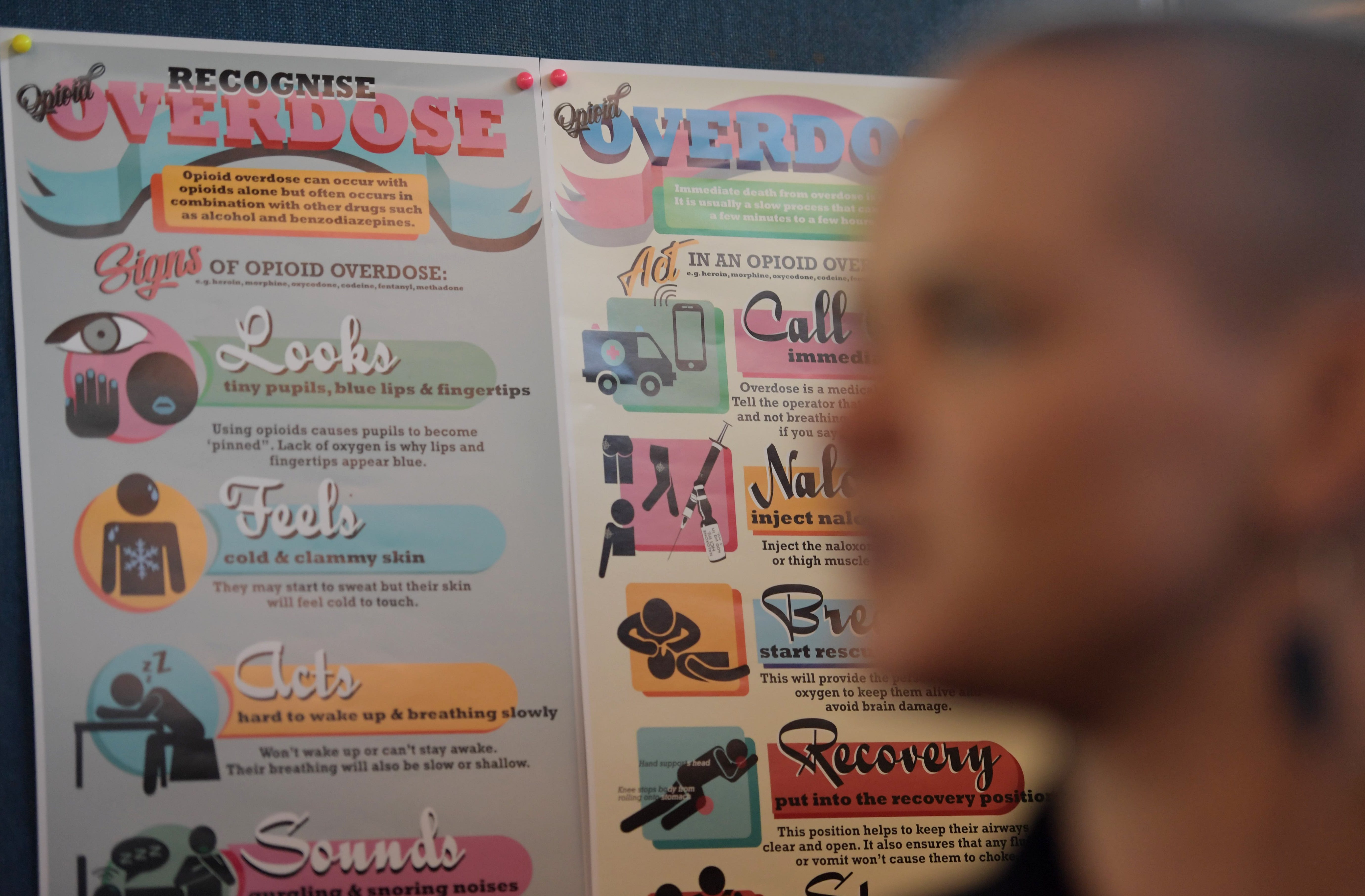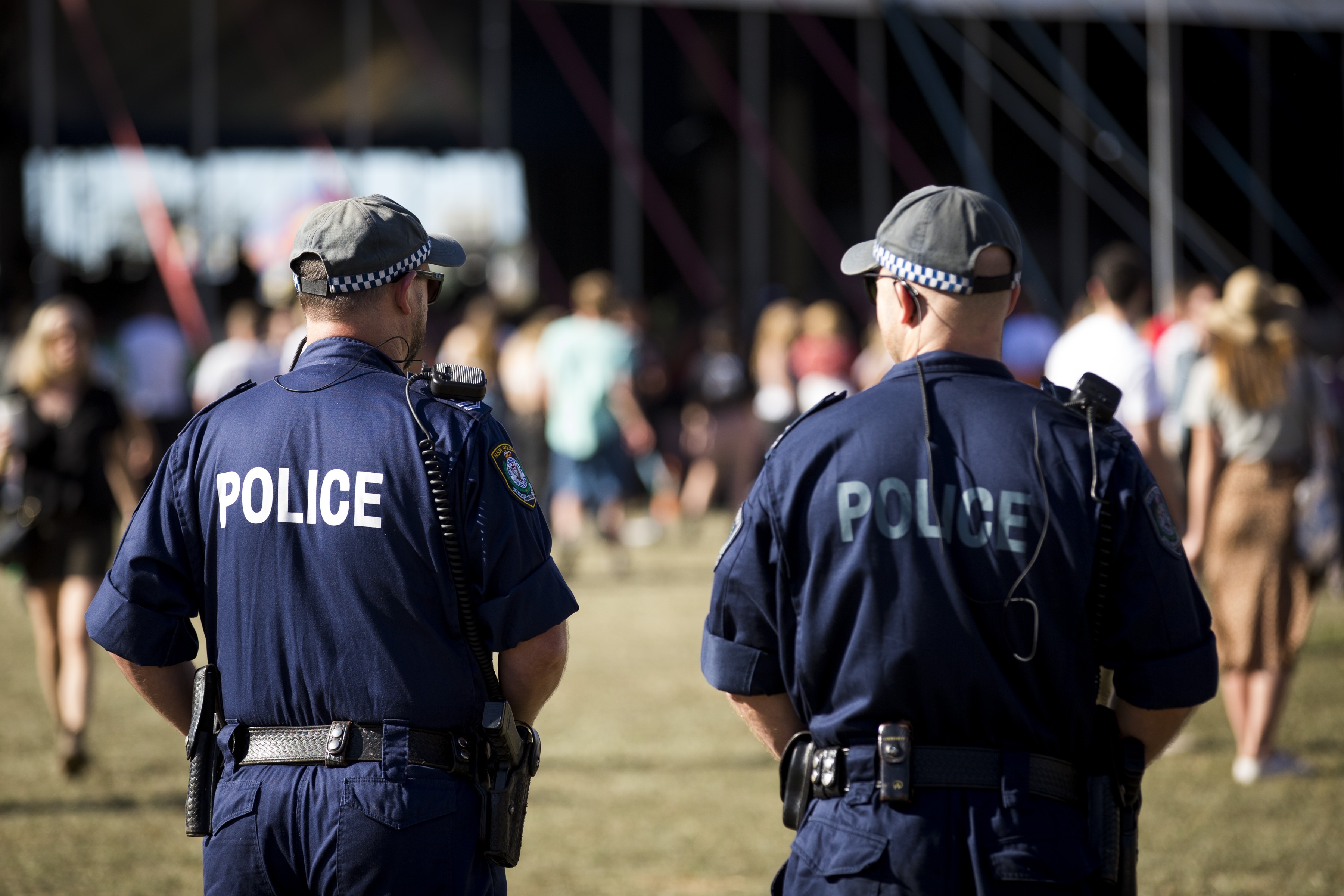
Business & Economics
Warning on struggle street

Being the victim of violence is strongly linked to illicit drug use in Australia, and having parents who use cannabis significantly increases the likelihood of a child growing up to use them
Published 30 July 2019
For the first time, the major HILDA Survey of households has asked Australians about their illicit drug use, providing a unique insight into the broader social and personal context of what is a major community, health and economic problem.
What it tells us is that the use of illegal drugs, like cannabis, crystal methamphetamine (ice) or MDMA (ecstasy), tends to cluster within families, and is also much more common in individuals who have been the victim of physical violence.

Drug use, and particularly drug dependence, can significantly impact people’s own physical, mental and cognitive health.
It can also have broader effects on families and communities through crime, violence and social dysfunction.
Prime Minister Scott Morrison has called ice a “scourge” , while Commonwealth and State governments have held inquiries and collaboratively developed a National Ice Action Strategy to try to reduce the prevalence and harms associated with ice.
So, what HILDA 2019 can tell us about the people using illicit drugs is critically important.
The HILDA data show that around 12 per cent of Australians aged 15 years or older have used illicit drugs in the past year. The majority of these – 11 per cent – are using cannabis.
Men are twice as likely as women to have recently used illicit drugs, and illicit drug use is most common among people aged in their early 20s.
Around a quarter of people aged between 20 and 24 years report recent drug use.
The HILDA Survey also examines people’s history of illicit drug use. Again, cannabis is by far the most commonly used drug; almost half (45 per cent) of all Australians have used cannabis at some point in their lives.
However, a significant proportion of Australians also report having used ecstasy (11 per cent), cocaine (9 per cent) or (meth)amphetamines, including ice (5.5 per cent).

It shows that most people use multiple different types of drugs, both illicit and legal. Around 60 per cent of those who use illicit drugs are also daily smokers and/or consume alcohol at a risky level.
Similarly, the vast majority of those who use (meth)amphetamines (92 per cent), cocaine (86 per cent) or ecstasy (95 per cent) also use other types of illicit drugs.
This pattern does differ for cannabis, with two thirds of people who have recently used cannabis using no other type of illicit drug.

Business & Economics
Warning on struggle street
These findings are almost identical to those reported in the recent National Drug Strategy Household Survey (NDSHS), giving us confidence that the brief set of questions added to the HILDA Survey are measuring illicit drug use in Australia similarly to the established gold standard survey.
But HILDA also collects detailed information about diverse facets of life in contemporary Australia, including people’s economic and family circumstances, their health, and their attitudes and opinions.
And it is this information that highlights the potential roles of violence and families in drug taking.
After controlling for other characteristics, we found that almost a quarter (23 per cent) of those who had been a victim of physical violence in the past year had recently used illicit drugs, compared to 12 per cent of those who didn’t experience violence.

This nexus between illicit drug use and violence is a focus of harm-minimisation strategies and a topic that warrants further investigation.
Unlike most studies, HILDA collects data from all household members, and continues to follow original sample members even if they move (including children who grow-up and move from the family home).
So, we can use this data to look directly at the relationship between parent and child reports of illicit drug use.
We looked at data from respondents aged under 35 years who also had a parent participating in the HILDA Survey.

Business & Economics
Lost in transit?
Among the (child) respondents whose parent or parents reported no history of cannabis use, some nine per cent had recently used an illicit drug.
In contrast, 26 per cent of those with one parent reporting cannabis use had used illicit drugs, while 35 per cent of those with both parents reporting cannabis use had recently used illicit drugs themselves.
This association between child and parental illicit drug use may be a consequence of parental modelling of drug use or reflect increased access and availability to drugs.
It could also be that parental and child drug use reflects their shared exposure to the types of social and interpersonal environments that promote substance use. The results do show, however, the importance of considering drug use within families.
Looking ahead, the questions on illicit drug use will be repeated in future waves of the HILDA Survey.
As this longitudinal resource develops, we can move from looking only at cross-sectional associations and consider individual trajectories of illicit drug use over time.
Banner: Getty Images